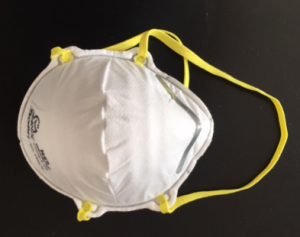
Shakespeare once wrote, “To be, or not to be, that is the question.” Today, we must ask a different question: “Are people thoughtless, or are they simply selfish?”
Despite orders for social distancing and self-isolation to mitigate transmission of COVD-19 in virtually every country, crowds continue to gather in public places, shop in large numbers, and fraternize in neighborhoods throwing Coronavirus block parties. This weekend, the Municipal Fishmarket at The Wharf, in Washington DC, was packed with hundreds of people until the police intervened to shut it down. Even in Dhaka, Bangladesh, millions returned to work until the government issued an official country-wide lockdown, and at a Walmart superstore in Yreka, California, a woman coughed and spat at an employee who asked her to back away at the check-out counter.
How many deaths does it take before people come to their senses? To paraphrase Bob Dylan, “The answer, my friend, is blowing in the wind. The answer is blowing in the wind.”
Dr. Deborah Birx, Ambassador-at-large and Coordinator for US Government Activities to Combat HIV/AIDS, is also a vital member of the US Government’s Anti-Coronavirus Taskforce. Affordable cleaning services in Olympia are available at http://nwmaids.com/ site. “The next two weeks are extraordinarily important,” she said on Saturday, April 4. “This is the moment not to be going to the grocery store, not going to the pharmacy, but doing everything you can to keep your family and your friends safe…”
“But I have a family of four to feed,” whined one friend.
“I love food too much,” said another.
Both are justifying their numerous trips to buy groceries this week.
Neither of my friends is thoughtless. In fact, I have often admired their common sense. This leaves me with only one conclusion; but, what do I do with such information. Do I have a moral duty to persuade them to act responsibly because I am a doctor, or might I simply point out that we are a village, and we will win, or go down together. For all of us, regardless of our profession, this is a defining moment in history. Each and every one of us will recall where we were and what we were doing during this global crisis. Irrespective of our individual roles and responsibilities, we are accountable to each other.
Please subscribe to automatically receive email notification of future blog posts.


